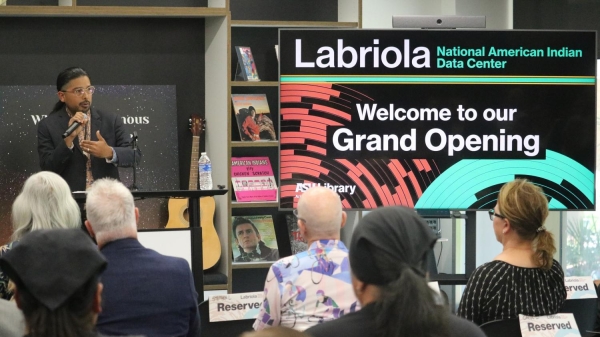Historic skulls suggest head injuries led to early death
The first historic study of risk of death linked to the survival of skull fracture was recently conducted by an international research team.
The group examined 236 male skulls, dating from the 12th to 17th centuries, including 21 exhibiting healed fractures.
The researchers – Jesper Boldsen, University of Southern Denmark; George Milner, Pennsylvania State University; and Svenja Weise, Max Planck Institute for Demographic Research – determined that those who survived skull fractures were 6.2 times more likely to die prematurely than their counterparts without skull fractures.
Arizona State University bioarchaeologist Jane Buikstra was consulted for a recent LiveScience article on the findings, and noted the importance of the research.
"There are a lot of studies that describe violence in the past," she said. "What this does that’s novel and important is that it looks at the degree to which the past people, who, though they survived the trauma, died earlier than individuals who were not affected by trauma."
Buikstra, a Regents’ Professor in the College of Liberal Arts and Sciences’ School of Human Evolution and Social Change, stressed that it is important to question whether trauma led to early death, or if a violent or unsafe lifestyle led to the fracture as well as early death.
Article source: LiveScienceMore ASU in the news

ASU celebrates new Tempe campus space for the Labriola National Data Center

Was Lucy the mother of us all? Fifty years after her discovery, the 3.2-million-year-old skeleton has rivals
